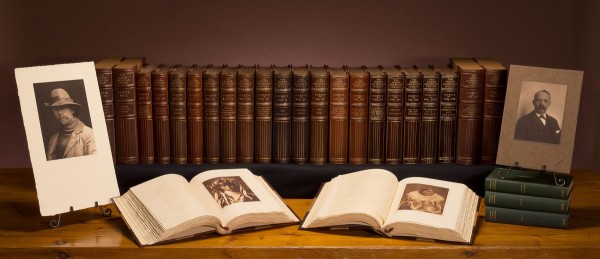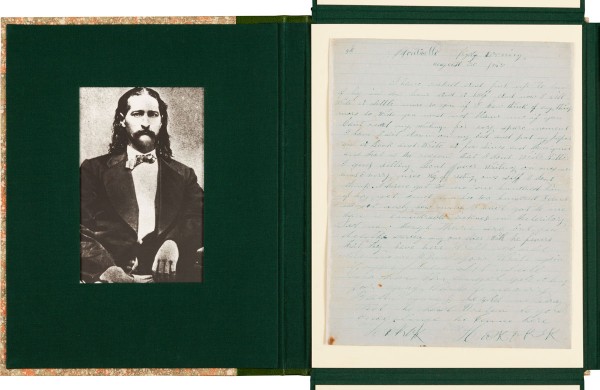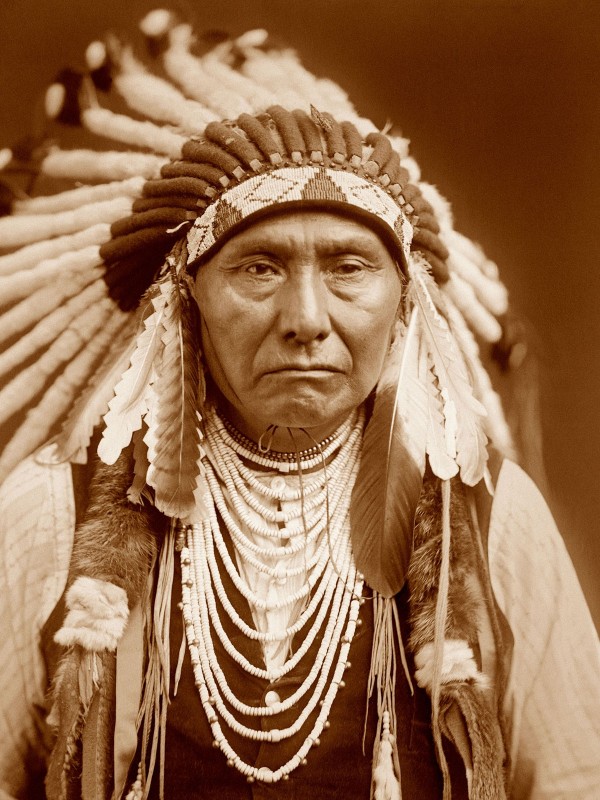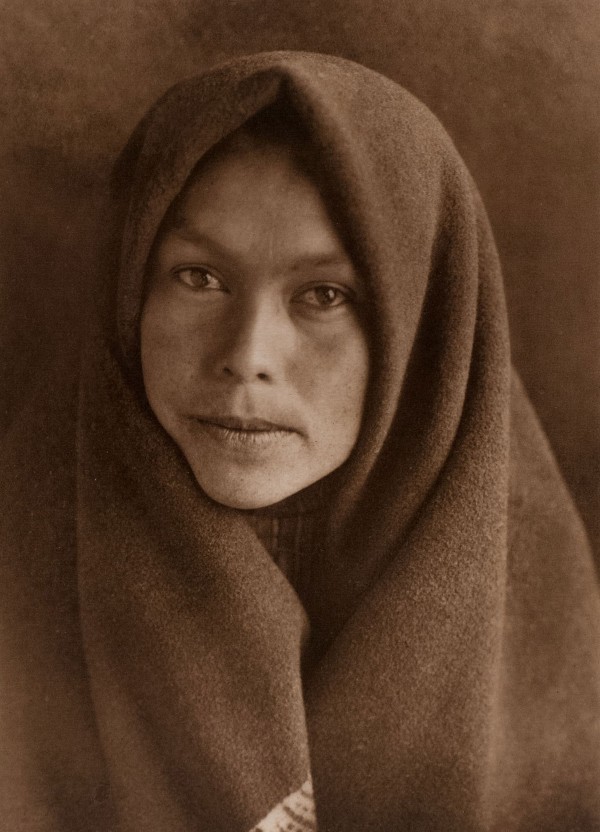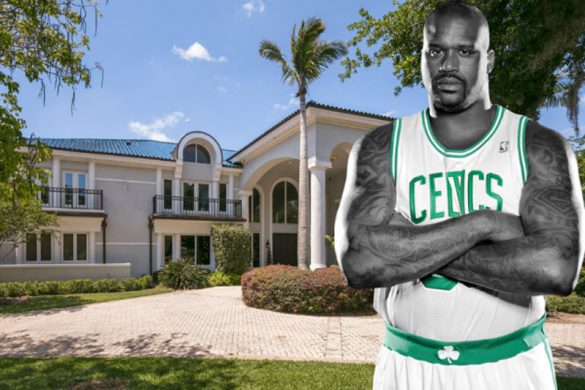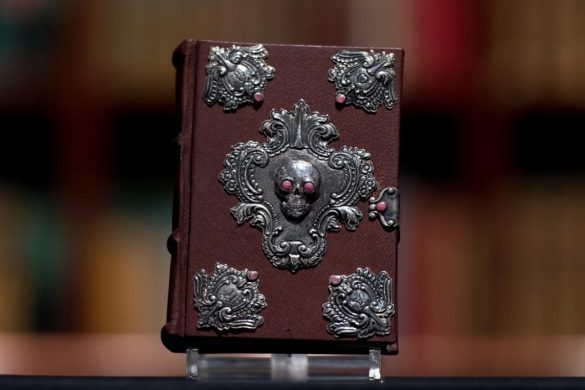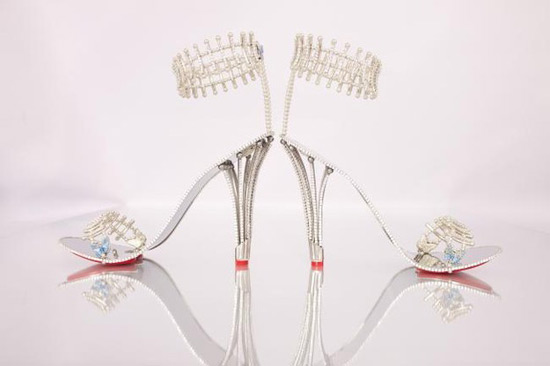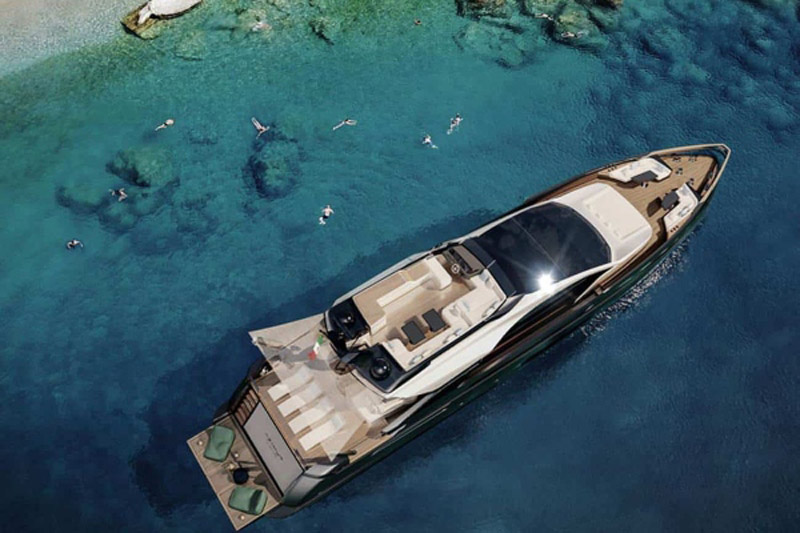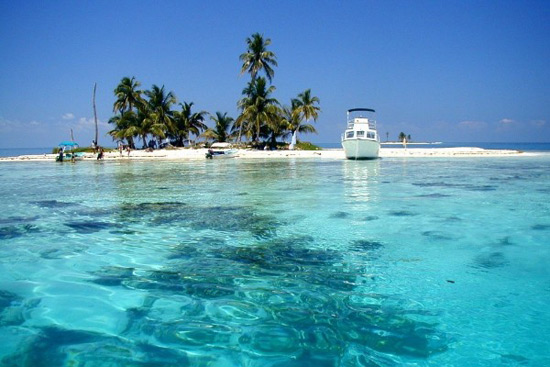A work of profound national pride and historical importance, Edward S. Curtis’ The North American Indian is expected to bring $900,000+ when it makes its auction debut December 11 at Heritage Auctions’ Political, Western Legends & Americana Memorabilia Signature Auction. The 20-Volume original subscription set represents nearly three decades of work and more than 1,500 rarely-seen hand printed photographs of Native Americans of the Western United States and Alaska.
“At its core, Curtis’ The North American Indian is a national treasure besides being a stunningly-beautiful testament to native peoples,” said Tom Slater, Director of Americana Auctions at Heritage. “This is almost certainly the most important 20-Volume Curtis set remaining in private hands. It’s of the highest quality, and one of only 15 — of the total 272 sets sold — to be produced using premium stock (sometimes known as ’tissue’). Among these 15 were Curtis’ personal set and those of J.P Morgan and the King of England — so this is a book that shares very distinguished company.
Although they were issued along with complementary portfolios of loose photos, the 20 Volumes are the heart and soul of The North American Indian,” Slater believes. “The volumes not only include more than 2/3 of the photographic images, but also thousands of pages of important anthropological text covering Native American traditions, lifestyles, dress, language, and music. Much of this information is not available from any other source.”
Curtis worked under the patronage of financier and philanthropist J.P. Morgan from 1907 – 1930 to complete this project. However, it was Harriman himself who named Curtis as the official photographer for the major scientific expedition to Alaska, which Harriman sponsored in 1899. It was on this expedition that Curtis would develop his deep appreciation for Native Americans.
The Harriman Set also is accompanied by over 50 additional photos and ephemera items related to Harriman and Curtis, which is itself an impossible-to-duplicate archive collected over a 30 year period.
“Among the central players in the genesis of The North American Indian, only the Harriman Set remains available for private ownership,” Slater said. “The sets belonging to Curtis himself, Morgan, and Curtis’ best-known champion, Theodore Roosevelt, are all ensconced in institutional collections.”
As appreciation of Curtis’ photographs has broadened, his stature has been reflected in the marketplace.
“Curtis has long been recognized as one of the best and most important Western photographers,” added Slater, “but he’s now firmly established in the pantheon of great American photographers in any genre — household names such as Ansel Adams and Carlton Watkins.”
Last spring a set of these 20 Volumes and the supplementary portfolios fully doubled its pre-sale estimate at a major New York auction house, selling for just under $2.9 million. Curtis died a poor man, having sacrificed health, family, and wealth to pursue his dream. He would no doubt be amazed and gratified to know the level of esteem in which his life’s work has ultimately been held.
The 73-item lot is expected to lead the December 11 auction, which features additional historic artifacts such as a handwritten letter by James “Wild Bill” Hickok (estimate $80,000+) and a trove of documents by an officer who marched with George Armstrong Custer’s 1876 expedition to the Little Big Horn (estimate $75,000+) as well as items owned by Custer himself.
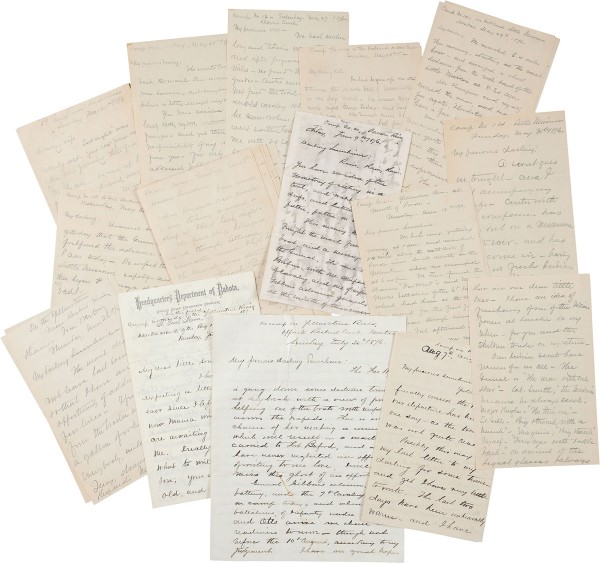
George Armstrong Custer: Extremely Important and Unpublished Archive from an Officer who Marched with His 1876 Expedition to the Little Big Horn
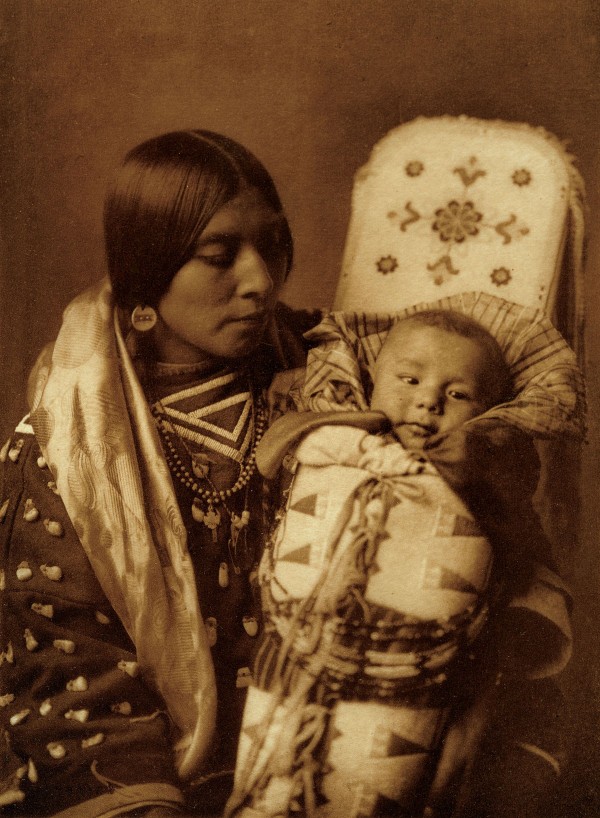
A work of profound national pride and historical importance, Edward S. Curtis’ The North American Indian is expected to bring $900,000+ when it makes its auction debut Dec. 11 at Heritage’s Political, Western Legends & Americana Memorabilia Signature Auction.
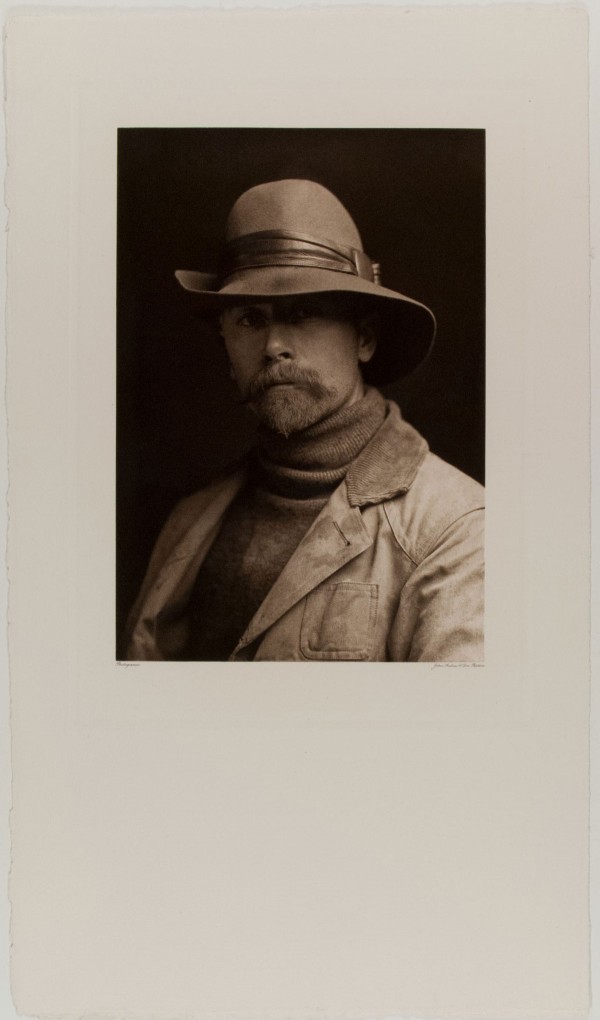
The Harriman Twenty-Volume Set from Edward S. Curtis’s The North American Indian: The Most Important Such Set Remaining in Private Hands

